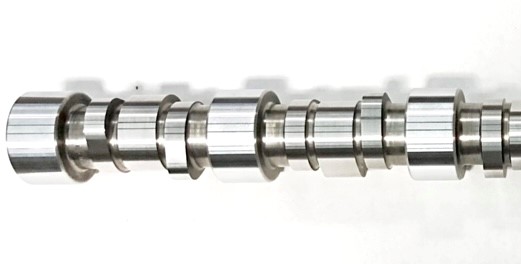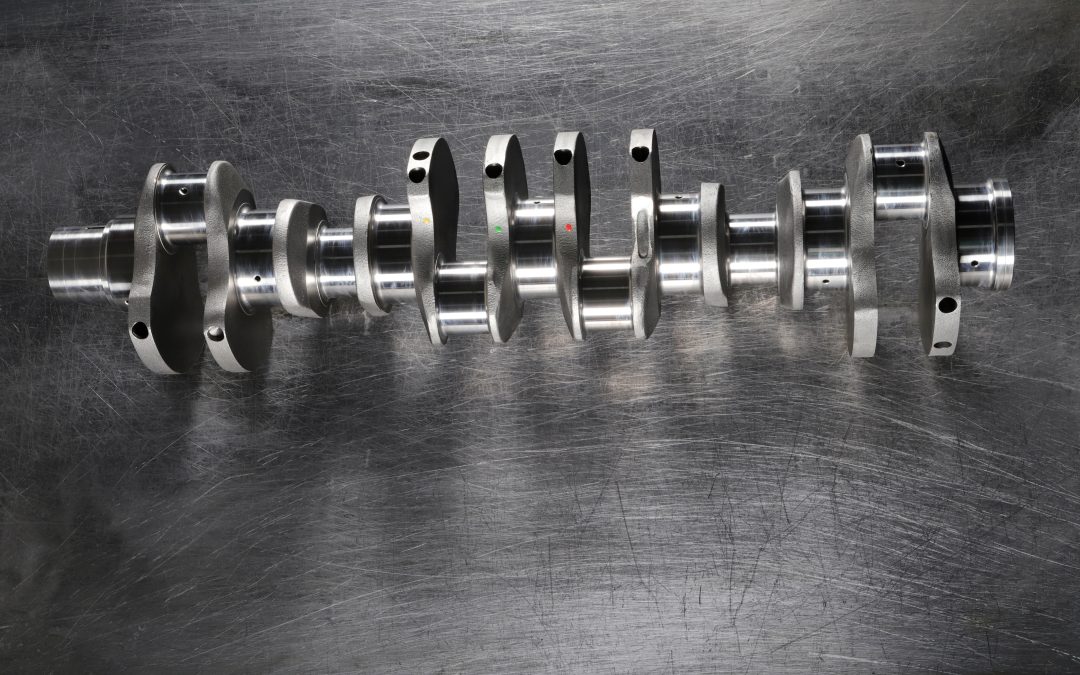Camshaft varieties and function
Camshafts are crucial components in an engine, playing a key role in its performance. They come in different types, each designed to meet specific needs and functions within an engine. The type of camshaft in a car can affect things like the engine’s power, efficiency, and how smooth it runs. Some are made for everyday vehicles, offering reliability and balanced performance. Others are built for high-performance situations, like racing, where maximum power is needed.
The choice of a camshaft depends on factors like the type of vehicle, its use, and the desired engine characteristics. Understanding the various types of camshafts is important for anyone interested in automotive mechanics or engine tuning. In essence, the camshaft is a key to unlocking an engine’s full potential.
Flat-Tappet Camshafts
Flat-tappet camshafts have lifters with a flat surface that touches the cam lobes. These are commonly found in older engines and numerous standard engines. These camshafts are less costly and simpler in design. The flat tappets create more friction, impacting performance and causing wear. They need special motor oil with additives to lessen wear. Flat-tappet camshafts are suitable for moderate engine upgrades but not ideal for high-performance needs. They strike a balance between being affordable and efficient for regular driving.
Maintenance:
Due to their design, flat-tappet camshafts are prone to more wear, especially if the engine oil isn’t changed regularly or lacks the correct additives. They should be inspected during each oil change for wear and lubrication issues.
Roller Camshafts
Roller camshafts feature lifters with rollers that touch the cam lobes, cutting down on friction. This means they work better and last longer than flat-tappet camshafts. They’re a common choice for high-performance and racing engines. Their design supports more aggressive cam profiles, which boosts engine power and efficiency. Roller camshafts are pricier, but they’re more durable. They’re great for engines that operate at high RPMs. Unlike flat-tappet cams, they don’t need special oil additives. Many car enthusiasts prefer them for boosting engine power.
Maintenance:
These camshafts are more durable thanks to less friction. However, they should still be checked at least annually for wear on the rollers and proper lubrication, especially in high-performance engines.
Cylindrical Camshafts
Cylindrical camshafts have a basic cylindrical shape and are used in many standard engines. They are designed with cam lobes around a central cylinder. This design is simple and effective for regular engine operations. Cylindrical camshafts are typically manufactured using a casting process.
They work well in a variety of engine types and are common in passenger vehicles. These camshafts are known for their reliability and durability. They are not typically used for high-performance applications. Cylindrical camshafts are a standard choice for general, everyday engine requirements.
Maintenance:
Cylindrical camshafts should typically be checked and maintained as part of regular engine servicing, which is often recommended every 5,000 to 10,000 miles, or as specified in the vehicle’s owner manual. However, the exact frequency can vary based on the vehicle’s make, model, and usage.
Radical Camshafts
Radical camshafts have bold profiles for engines needing a lot of power, like race cars. They significantly boost the engine’s power and torque. To work well, they usually need other engine changes too. These camshafts can make the engine idle roughly and aren’t great for regular driving. These car accessories are primarily designed for specialized or customized vehicles. Ideal for those wanting the highest performance from their engines, these camshafts often need more upkeep and cost more.
Maintenance:
Given their use in high-performance engines, which are often subject to extreme conditions, radical camshafts may require more frequent checks. It’s advisable to inspect them every racing season or after a significant number of high-stress miles.
Conjugate Camshafts
Conjugate camshafts are designed to operate with less vibration and noise. They use a unique profile that helps balance the forces acting on the camshaft. This design can improve engine smoothness and efficiency. Conjugate camshafts are often used in engines where noise reduction is a priority.
They are more complex in design compared to standard camshafts. These camshafts might be found in luxury vehicles or engines designed for comfort. They are not typically used for high-performance applications. Conjugate camshafts are ideal for enhancing the overall refinement of an engine.
Spherical Camshafts
Spherical camshafts have a unique design where the cam profile is part of a sphere. This design allows for smooth operation and reduced wear. They are less common and more complex than traditional camshaft designs. Spherical camshafts can provide precise valve control. They are typically used in specialized applications or advanced engineering projects.
These camshafts are not commonly found in standard passenger vehicles. They may be used in high-precision engines or in research and development settings. Spherical camshafts represent an innovative approach to camshaft design but are not widespread in everyday automotive use.
Wedge Camshafts
Wedge camshafts have a wedge-shaped lobe design. This design can provide more precise control over valve timing. They are less common than other types of camshafts. Wedge camshafts can be used in engines requiring specific timing adjustments. They offer a balance between performance and engine smoothness. These camshafts might be found in engines designed for specific purposes or performance goals. They are not typically used in standard passenger cars. Wedge camshafts are more of a niche design, used for particular engine setups where precise valve control is crucial.


